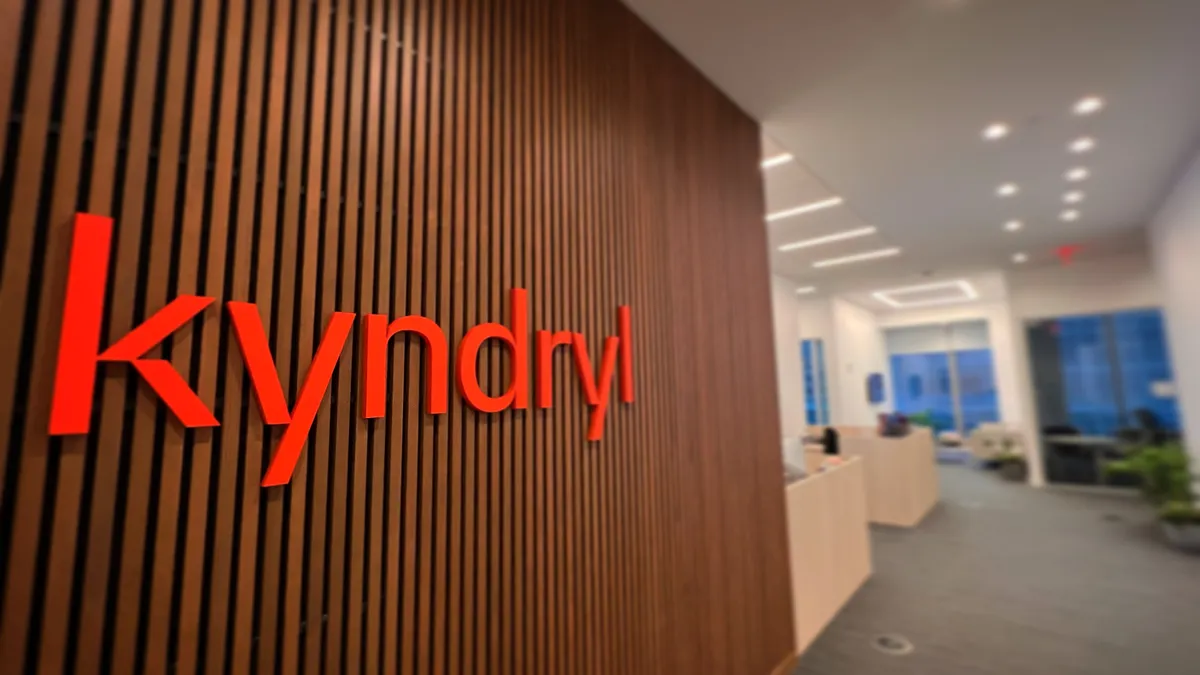Enterprises have long sought AI for its ability to supercharge a workforce, picking up slack through automated tasks and a cost-effective option for repetitive labor, compared to humans.
The next act in enterprise AI sees the technology becoming a standalone maker. The technology generates synthetic data to train its own models or identify groundbreaking products as solutions mature and adoption widens, as showcased in Gartner's Hype Cycle for Emerging Technologies 2021 report, published Monday.
Called "Generative AI,", the technology is set to reach the plateau of productivity in the next two to five years. Commercial implementations of generative AI are already at play in the enterprise and, as the technology advances through the hype cycle, non-viable use cases will fade, according to Brian Burke, research VP at Gartner.
Generative AI works by using algorithms to create a "realistic, novel version of whatever they've been trained on," Burke said. Algorithms can identify new materials with specific properties and technologies that generate synthetic data to augment research, among other use cases.
An early implementation for generative AI technology let companies identify marketing content with a higher success rate. Today, capabilities have evolved and AI can produce its own data and generate results from it in critical spaces such as the pharmaceutical industry.
During the pandemic, researchers used AI to augment data and help identify antiviral compounds and therapeutic research for treating COVID-19. The technology helped generate more data to support algorithms, given the novelty of the disease and HIPAA regulations.
Using AI to create can be a big differentiator for companies, said Rodrigo Liang, co-founder and CEO of SambaNova Systems. Competition can leave organizations no choice but to catch up with markets and adopt generative AI.
Despite the evolution of AI, most organizations continue to struggle with adoption.
Whether it's in-house AI or a vendor-made solution, technologies that fail to be adopted by the whole organization amount to wasted resources. AI maturity levels vary in the enterprise, and just 20% of organizations are at the highest levels of AI adoption and deployment, according to Cognizant.
Pressure from competitors and potential financial upside is making companies double down on AI financially, too.
The number of companies with AI budgets ranging from $500,000 to $5 million rose 55% year over year, according to Appen's State of AI and Machine Learning report published in June.
The next stage of enterprise adoption
AI use will shift for the enterprise as it moves away from static models to more dynamic technologies.
In the past, AI models trained on a specific outcome could learn to perform a task but not necessarily get better over time, Burke said. "What we've seen evolve in terms of AI is that models are becoming more dynamic, and the data that supports those models becoming more dynamic."
Executives also struggle to account for the ethical dimensions of AI. Businesses are more likely to check an algorithm for unexpected outcomes than their fairness or bias implications, according to the AI Adoption in the Enterprise report published by O'Reilly.
"Machine learning, data science, algorithmic approaches in general, and, yes, AI, have enormous potential to drive innovation," said Christian Beedgen, co-founder and CTO, Sumo Logic, in an email. "But like with all innovation, what really matters is how humans apply this potential."
Companies have turned to explainable AI as a way to contend with the decisions an algorithm makes, and the ethical implications of those decisions.
"As AI continues to seep into our everyday lives, it is up to humans to deeply consider the ethics behind every program they create and whether or not the ends justify the means," said Beedgen.













